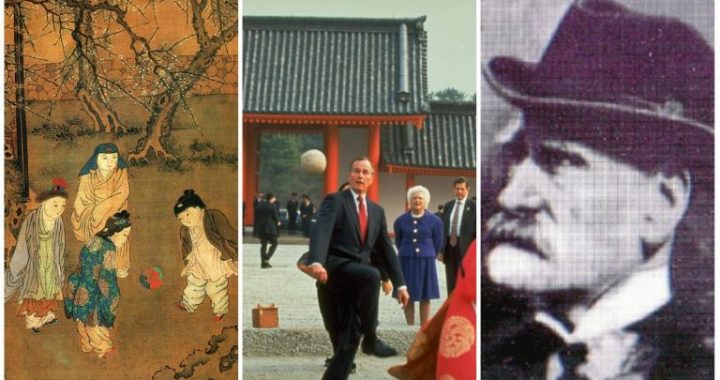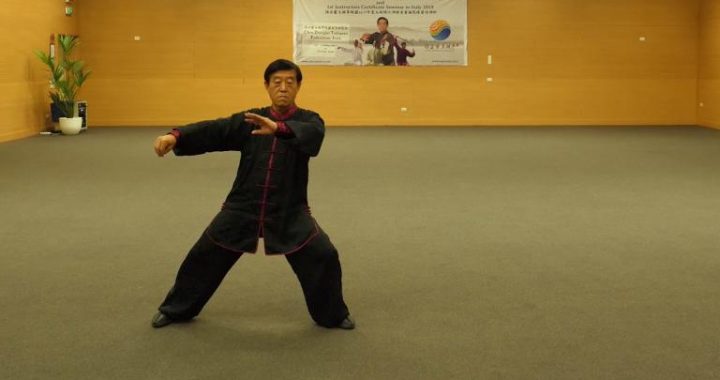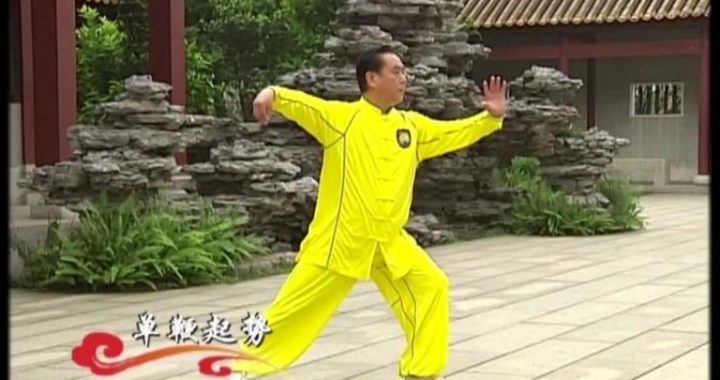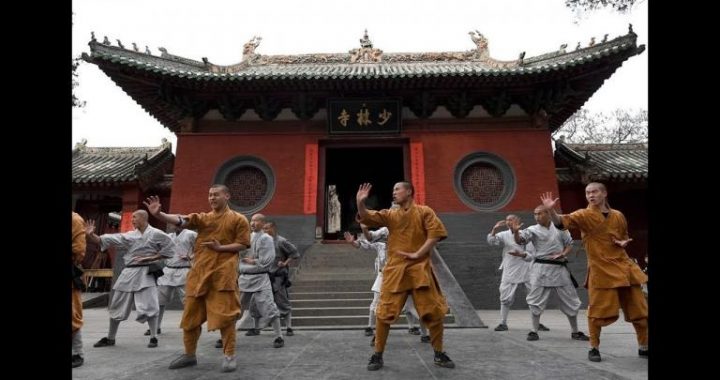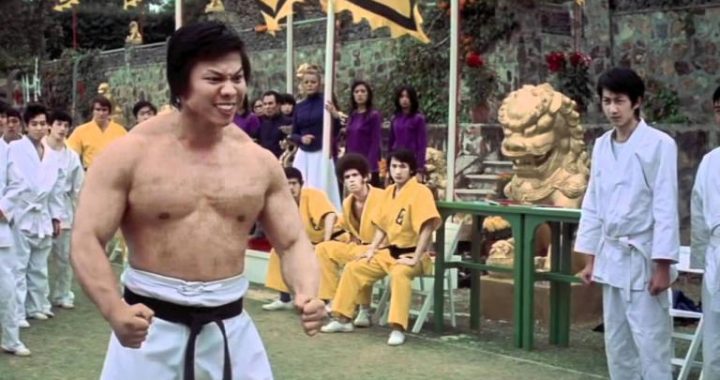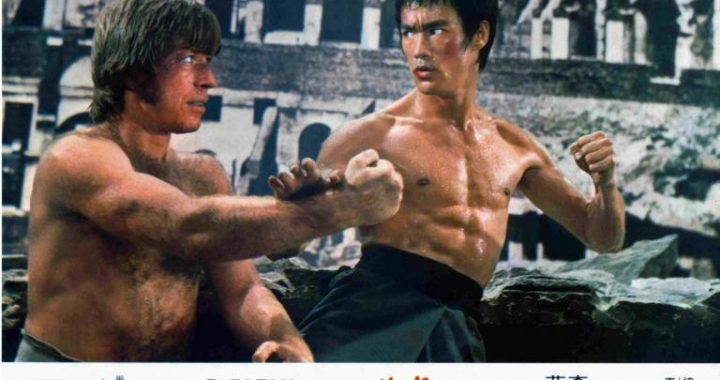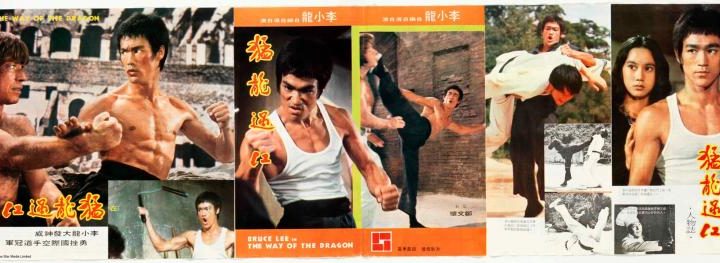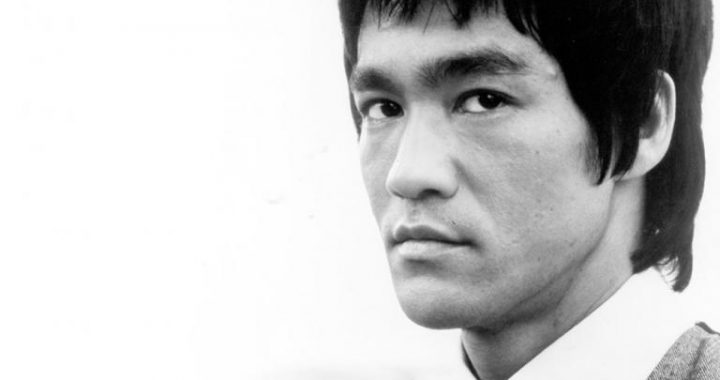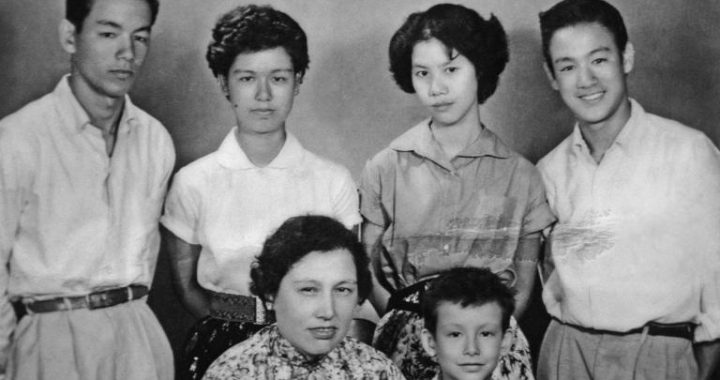Aesthetics
2 min readMost set exercises and movements of Chinese Wushu have an aesthetic feeling, which lies in the attack and defense movements. The set exercises combine the dynamic and static movements. They are highly diversified and characterized by unique rhythmic sensation and beauty. Chinese Wushu displays the movements and shifts under certain time-space conditions by vigor strength and quick speed. Moreover, the set exercises are difficult and can show the courageous and enterprising spirits of mankind. Aesthetically, Chinese Wushu is diversified. The quan techniques of Piguaquan, Bajiquan, Chaquan and Huaquan are quick-paced, elegant and full of masculinity. Meanwhile, Shequan(snake boxing) uses movements that wriggle like a snake and are full of femininity. The Baguazhang and Taijiquan combine its dynamic with static movements, softness with firmness, and the beauty of masculinity and femininity. Its aesthetics styles are diversified and full of aesthetic feeling. No other combat techniques can be compared to taiji.
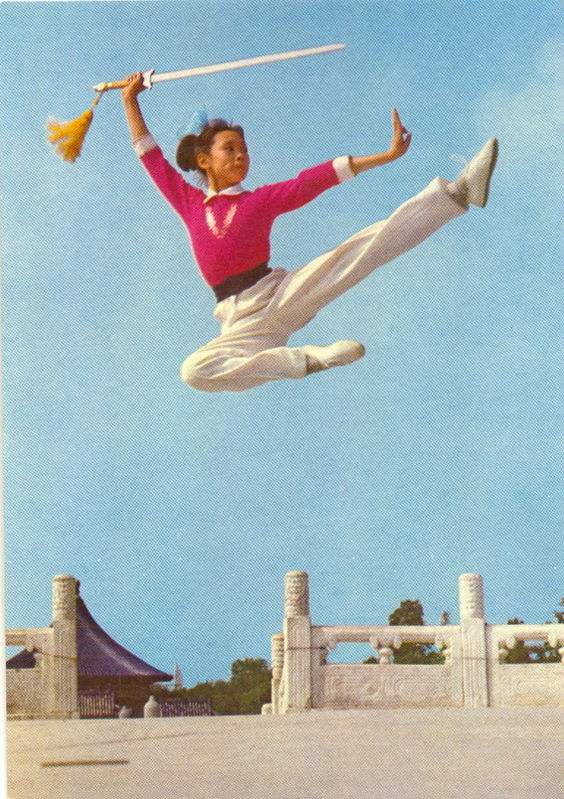
Film star Lu Cuilan performing a sword dance at Nanjing winter disaster relief meeting in 1930 Swordsmanship performance by Luan Xiuyun from Qingdao in 1934 Fundamentally, the aesthetic value is contradictory to the combat function. Many practical movements of Chinese Wushu lack aesthetic value. Over the development of more than 2, ooo years of Chinese Wushu, it has experienced a simple to complex progression, followed by a complex to simple state. Chinese Wushu was simple and never used to have so many schools and quan families.
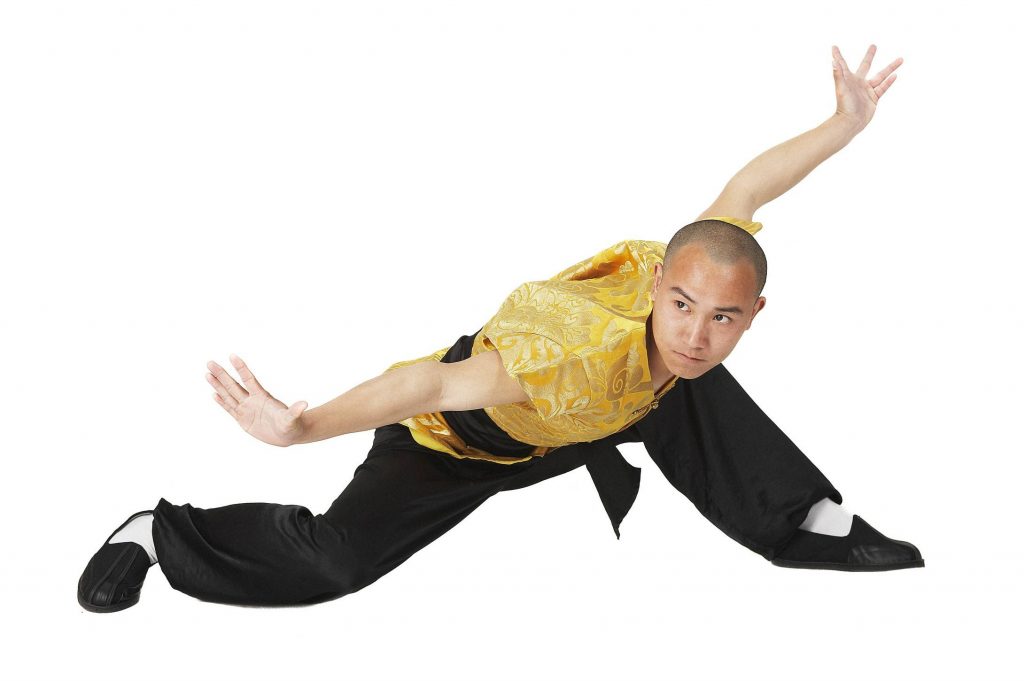
But a number of schools of martial arts thrived and diversified during the Song, Yuan and Ming dynasties. Wushu entered its golden age in the early Qing Dynasty. Some Neijiaquan (internal martial arts) such as Taijiquan, Xingyiquan and Baguaquan emerged in the late Ming dynasty.
Neijiaquan allows a smaller force to defeat a larger one, and also enables simplicity to replace the complex. Its contents and set exercises later become concise and practical. Such trends also appear in the development of many schools of Waijiaquan. It reflects the law of development of Chinese Wushu.
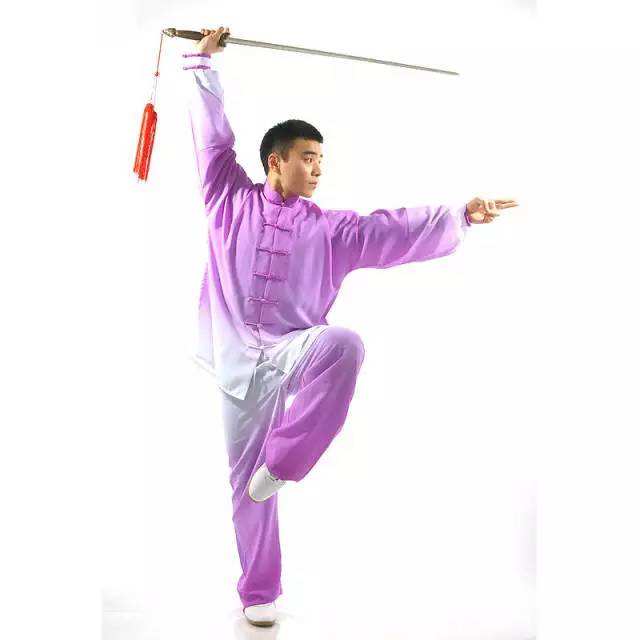
The combat function is always first in Wushu, which defines the trends of Wushu development. The aesthetic value is always secondary and occupies a subordinate position.
In a word, Chinese Wushu is unique and one of the most natural forms of traditional Chinese culture. Any form of foreign combat techniques bears no comparison with it. Chinese Wushu has made its presence on the world combat stage with its unique combat techniques and practice methods.The truth verifies that Chinese Wushu hails in no comparison to any other combat technique in the world.
